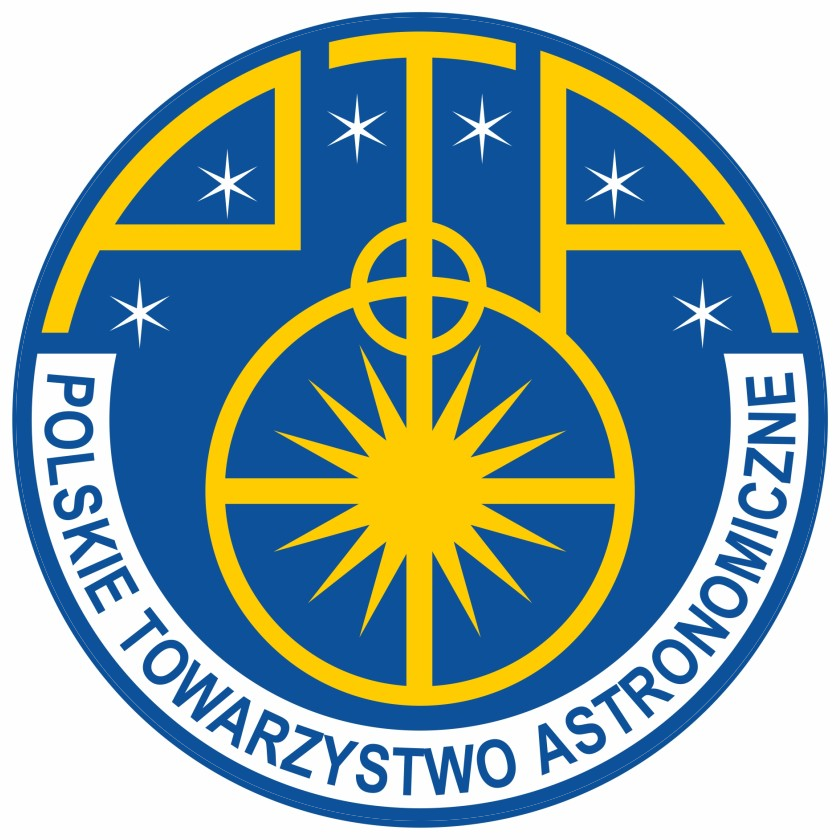Miguel Figueira
Narodowe Centrum Badań Jądrowych
Sesja VI: Gwiazdy, układy gwiazd oraz materia międzygwiazdowa
Czwartek 14.09.2023 9:45 – 9:58
abstrakt:
High-mass stars emit ultraviolet radiation which ionized the surrounding medium and create ionized (HII) regions. These structures further expand, sweep-up the surrounding dust and gas, and form a circular layer of neutral material which fragments to form a new generation of stars. It was proposed that this mechanism, called the Collect and Collapse (C&C), could favor the formation of high-mass stars. This hypothesis was later strengthened by the fact that 30% of high-mass Galactic sources are found at the edges of HII regions. However, the true impact of such expansion on the next generation of stars in the layer might not be as clear as initially proposed, as found in simulations.
I will focus on a particular and widely-studied HII region known as RCW120.
This region is relatively close to us (1.34kpc), slightly above the Galactic plane (b=0.5ş) and shows a nice ovoid shape due to the HII region expansion powered by a single O9.5V star. Towards the ring of neutral material enclosing the HII region, we observed stars in their earliest stages of formation, which may have been induced thanks to the expansion of the region.
I will present the results obtained from APEX observations of CO and its isotopologues towards two clumps located in the photo-dissociation region at a different distance from the ionizing star. Both regions display different properties (Mach number, velocity dispersion, excitation temperature) in agreement with the star-formation activity occurring within them and their stellar content. One of the clump displays a slightly curved morphology as expected from a radiation-driven implosion process. We found that the electron density at its surface is far above the critical electron density needed to form an ionized boundary layer during the formation of a bright rimmed cloud.
We estimated the age of RCW120 to range from 0.75 to 0.96Myr while the fragmentation time of the surrounding layer ranges from 0.5 to 0.8Myr.
Therefore, the radiation of the ionizing star being responsible for the fragmentation of the layer is a plausible model but should be taken with caution.
